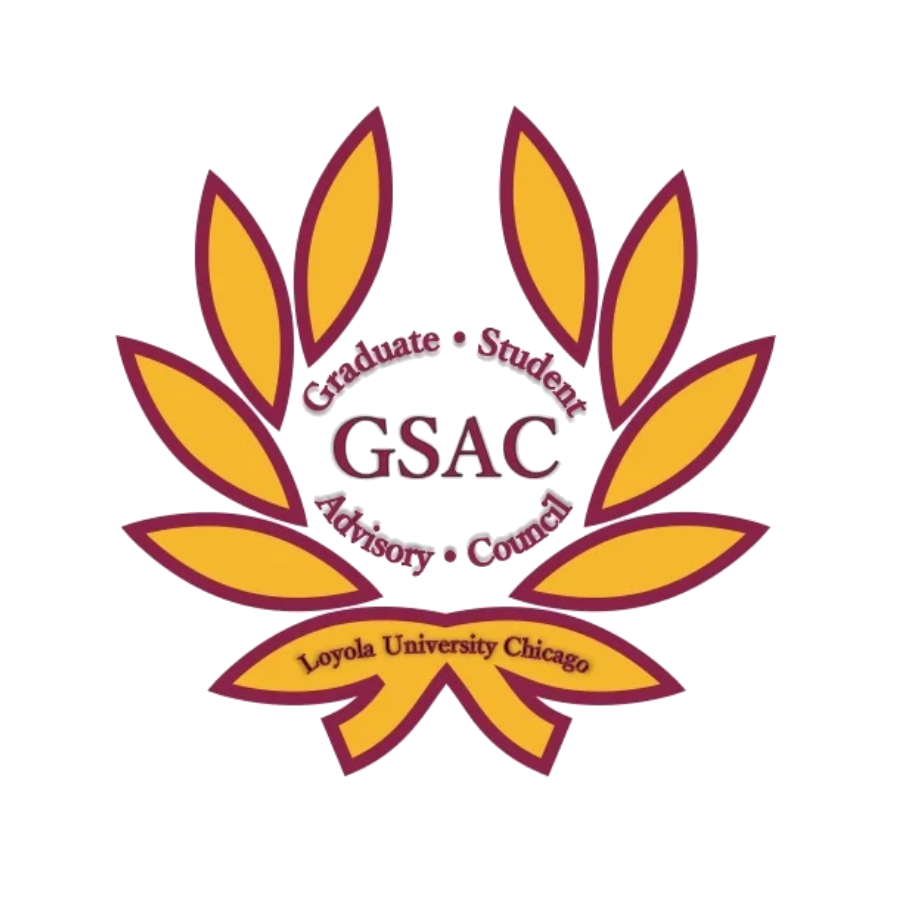Submission Type
Poster
Degree Type
PhD
Discipline
Social Sciences
Department
Education
Access Type
Open Access
Abstract or Description
Students who receive higher quality math instruction have better outcomes in math (Klibanoff et al. 2006; Kyriakides et al., 2008; Nye et al., 2004; Rockoff, 2004). However, examining math teaching quality, particularly in preschool classrooms, is complicated by the lack of validated measures. To fill this gap, we have validated a video-based observation protocol known as Evaluating Quality Interactions in Preschool-Math (EQUIP-M). EQUIP-M measures quality math instruction and focuses on three interactions: those between the teacher and the mathematics (Teacher Intentionality), those between the teacher and the students around the mathematics (Teacher Responsiveness), and those between the students and the mathematics (Student Mathematical Sense-making).
The sample was comprised of preschool teachers (n=179) participating in a multi-year, professional development program evaluation. Teachers planned activities to engage students in mathematics and videographers recorded those activities in their entirety. Teachers were video-recorded up to three times within a two-week period at up to three timepoints (pre-intervention, post-intervention, one-year follow-up). Each video was scored by at least two certified raters. Raters watched each video in its entirety and then assigned a score for the eight EQUIP-M dimensions.
Preliminary results indicate that raters can be trained to apply scoring rubrics accurately and consistently. To assess inter-rater reliability, we calculated an intraclass correlation coefficient of 0.84 using a two-way random effects model with absolute agreement. With further development and evaluation, EQUIP-M has the potential to identify strengths and weaknesses in teaching math and, ultimately, to inform educational professionals about how to improve teacher-child interactions around math.
Creative Commons License

This work is licensed under a Creative Commons Attribution-Noncommercial-No Derivative Works 3.0 License.
Evaluating Quality Interactions in Preschool Math: Validation of a Video-based Observation Protocol
Students who receive higher quality math instruction have better outcomes in math (Klibanoff et al. 2006; Kyriakides et al., 2008; Nye et al., 2004; Rockoff, 2004). However, examining math teaching quality, particularly in preschool classrooms, is complicated by the lack of validated measures. To fill this gap, we have validated a video-based observation protocol known as Evaluating Quality Interactions in Preschool-Math (EQUIP-M). EQUIP-M measures quality math instruction and focuses on three interactions: those between the teacher and the mathematics (Teacher Intentionality), those between the teacher and the students around the mathematics (Teacher Responsiveness), and those between the students and the mathematics (Student Mathematical Sense-making).
The sample was comprised of preschool teachers (n=179) participating in a multi-year, professional development program evaluation. Teachers planned activities to engage students in mathematics and videographers recorded those activities in their entirety. Teachers were video-recorded up to three times within a two-week period at up to three timepoints (pre-intervention, post-intervention, one-year follow-up). Each video was scored by at least two certified raters. Raters watched each video in its entirety and then assigned a score for the eight EQUIP-M dimensions.
Preliminary results indicate that raters can be trained to apply scoring rubrics accurately and consistently. To assess inter-rater reliability, we calculated an intraclass correlation coefficient of 0.84 using a two-way random effects model with absolute agreement. With further development and evaluation, EQUIP-M has the potential to identify strengths and weaknesses in teaching math and, ultimately, to inform educational professionals about how to improve teacher-child interactions around math.



